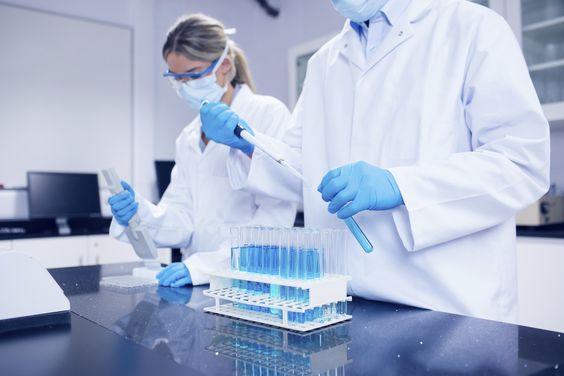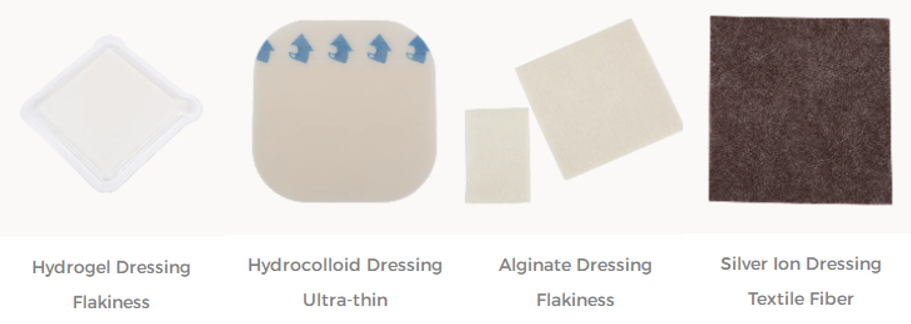Wound biofilm is a viscous substance that gathers microorganisms on the surface of a wound. It is made up of a variety of microorganisms, including bacteria, fungi, and other microbes. The formation of wound biofilms can lead to impaired wound healing while also increasing the risk of infection. Antibiotic resistance and antimicrobial resistance in biofilms are serious public health concerns because they can lead to difficult-to-treat infections, increasing medical costs and patient mortality. Therefore, finding new therapeutic strategies and antibiotics is very necessary.
How are wound biofilms formed?
Biofilm formation is the accumulation of microorganisms on surfaces to form a viscous mass, usually composed of a variety of bacteria, fungi, and other microorganisms. The formation of biofilm is a complex biological process, including the adhesion, growth, division, and secretion of microorganisms. Biofilm formation usually occurs in moist, warm, and nutrient-rich environments, such as wounds, organs, and tissues in the human body. The formation of biofilms is of great importance in fields such as medicine, the environment, and industry because they can lead to problems such as infection, corrosion, and pollution.
Drug resistance and antimicrobial resistance in biofilms :
Biofilm resistance and antimicrobial resistance refer to the resistance of microorganisms in biofilms to antibiotics. Microorganisms in a biofilm are more difficult to kill by antibiotics than those in a free state. This is because the formation of biofilms can make microorganisms more stable, while also limiting the penetration and action of antibiotics. In addition, microorganisms in biofilms can adapt to the pressure of antibiotics by producing special metabolites and regulating gene expression, thereby further enhancing their drug resistance and antimicrobial tolerance.
What are the main manifestations of the virulence of wound biofilms?
First, biofilms can impede wound healing. The microorganisms in the biofilm will release some harmful substances, such as various enzymes, toxins, and metabolites, etc., which will damage the wound tissue and affect wound healing. Second, biofilms can increase the risk of infection. The microorganisms in the biofilm can invade the human body in various ways, such as directly entering the blood, lymphatic system, or surrounding tissues, etc., thus causing infection. In addition, microorganisms in biofilms have certain drug resistance, which means that they are less sensitive to conventional antibiotics and difficult to be effectively treated.
Several treatments have been developed to address wound biofilm formation and virulence. These include physical therapy, chemotherapy, and biological therapy, among others. Physiotherapy mainly destroys biofilms by means of mechanical methods or ultrasound. Chemotherapy uses antibiotics or other chemicals to kill the microbes in the biofilm. Biological therapy is the use of biological materials or biological agents to promote wound healing and biofilm removal.
In conclusion, wound biofilm formation and virulence are important issues in wound therapy. Timely cleaning and treatment of wounds and effective treatment are the keys to preventing and treating wound biofilms.
For more information on Innomed®Silver Ion Dressing, Refer to the Previous Articles. If you have customized needs, you are welcome to contact us; You Wholeheartedly. At longterm medical, we transform this data by Innovating and Developing Products that Make Life Life easier for those who need loving care.
Editor: kiki Jia
Date: July 24, 2023

 English
English عربى
عربى Español
Español русский
русский 中文简体
中文简体








